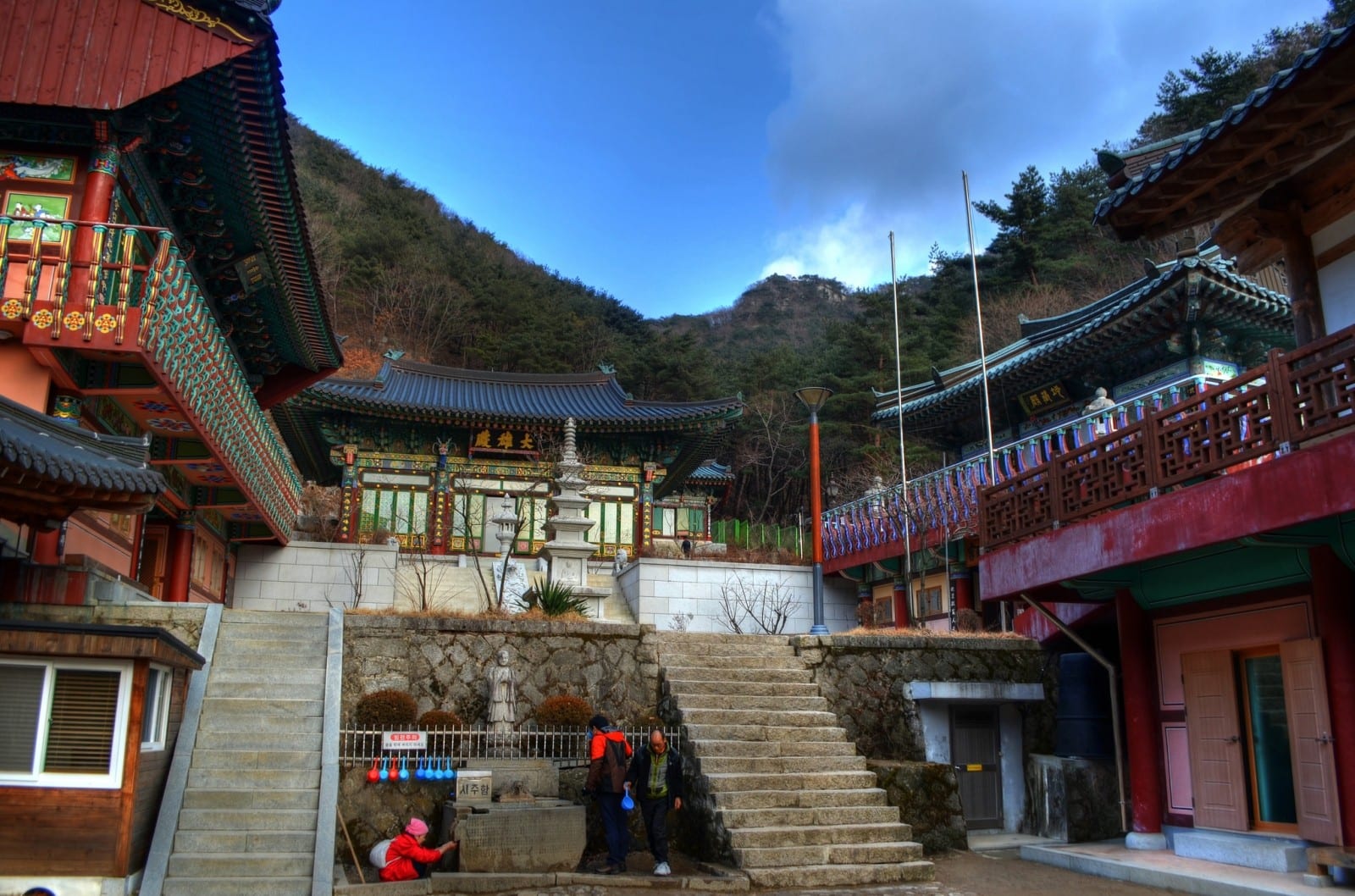Authentic materials are just as useful in the production stage as they are in the presentation stage of an ESL lesson. Incorporating these materials into your lessons will not only generate interest in the material but will also facilitate interaction between the textbook and real-life situations.
This is important for learning, as it requires students to interact hands-on with the material while utilizing the vocabulary and grammar studied in that day’s class. Following are some examples of how this approach to English learning can be applied in your classroom in the production stage of your lesson, using the Grade 6 Cheonjae English textbook as a guide.
Karina Dirstein completed the TESOL certification with OnTESOL to teach English in South Korea. In this blog, Karina shows how to supplement the EPIK textbook with authentic material.
Chapter 6: Giving Directions
Chapter 6 in the textbook is titled “Go Straight and Turn Right”. It teaches directional vocabulary as well as place names and simple grammar structures for giving directions.
The textbook gives a sample map with several buildings placed on it for students to practice with, but in my personal experience, I found that students have little interest when working with these maps.
In an effort to make it more personable, I compiled some images from Google Maps of the areas surrounding our school and had them write directions based on these maps instead. When I showed them the maps surrounding our school, I noticed much more active participation from my students. For the higher-level students, it makes the material more applicable to their own lives, and for the lower-level students, it allows them to visualize the material and orient themselves with the vocabulary.
After some discussion, I gave them a task to do as many sets of directions as they could for their given map. If your students are low-level, it may be useful to give them a word bank. I also rotated the maps between groups every couple of minutes.
After the activity, we checked our answers to see how many sentences we made. The number of sentences the students could make when given real-life maps was much more when compared to the number made with the textbook-given ones.
Recommended for South Korea: 168-hour Hybrid TEFL Certificate (35% OFF)
Lesson 12: Comparative Adjectives

I usually do a mix of events such as who has the biggest (or smallest) hand, who can snap their fingers the loudest, who is strongest in an arm-wrestling match, who is the tallest, and even who is the oldest.
I ask each team to send one representative student for each category, and as a class, we decide who the winners are using the lesson’s key vocabulary. During this activity, keep a note or even take photos of the rankings after each event.
After the class, I compile a Powerpoint of the photos and rankings. From here, this can be made into several activities. Since I usually do this activity in the 3rd or 4th period of this lesson, I either show them the photos and verbally discuss the standings, followed by having them write sentences about them (eg: A is stronger than B), or if my students are at a lower-level, we write the sentences together on the board and then we read them together as a class. My students always love some competition and it’s especially motivational for them to try and be the winning team.
Red More: Study TESOL Online with OnTESOL and Get Free Job Assistance in South Korea
Lesson 13: Describing Objects
After being asked if they know what a certain thing is, students are expected to be able to answer in the affirmative or the negative. If affirmative, students are then expected to describe the object in question.
For this lesson, I decided to take an authentic approach in the latter half of the chapter by having each student introduce something to the class, whether it was a personal object from home or a special experience in their life.
By the end of this project, I was having students tell me about childhood toys, their favorite books, or a contest they’d entered. It was exciting to learn more about my students and to also see them using the book material in a personal way.
To do this, I first had my students make a mind map (in Korean) about special things in their life. I told them it could be anything, as long as it held meaning to them and it was something they wanted to share with the class. After choosing some topics they then had to draw more connecting arms on their mind map to describe what that topic was in more detail.
In the following class, I had them choose one thing and begin to translate their mind maps into English, which I helped with by correcting grammar and spelling. Later, we connected their ideas together into one comprehensive paragraph, using the grammatical structure provided in the textbook. Finally, in our last class of this chapter, we all presented our ideas one-by-one and I asked some follow-up comprehensive questions as well.
This activity was certainly challenging for many of my students but they put much more effort into this activity than they did with less personal textbook material. Using authentic material at any stage in a lesson is beneficial to your students. When applied to the later practice and production stages in a lesson, or to the latter half of a chapter, it can boost not only your students’ interest in the material but also their learning, as authentic material requires them to apply what is being learned to real-life circumstances. When applied to my lessons, my students put in much more effort and showed more interest when compared to classes when I only used the textbook.
Supplementing the textbook with authentic materials requires the teacher to get much more creative and use lots of out-of-class prep time to gather materials, but the results are always of a higher quality. Seeing the satisfaction on your students’ faces as they leave the classroom will show you that they learned something in the time they spent with you.







